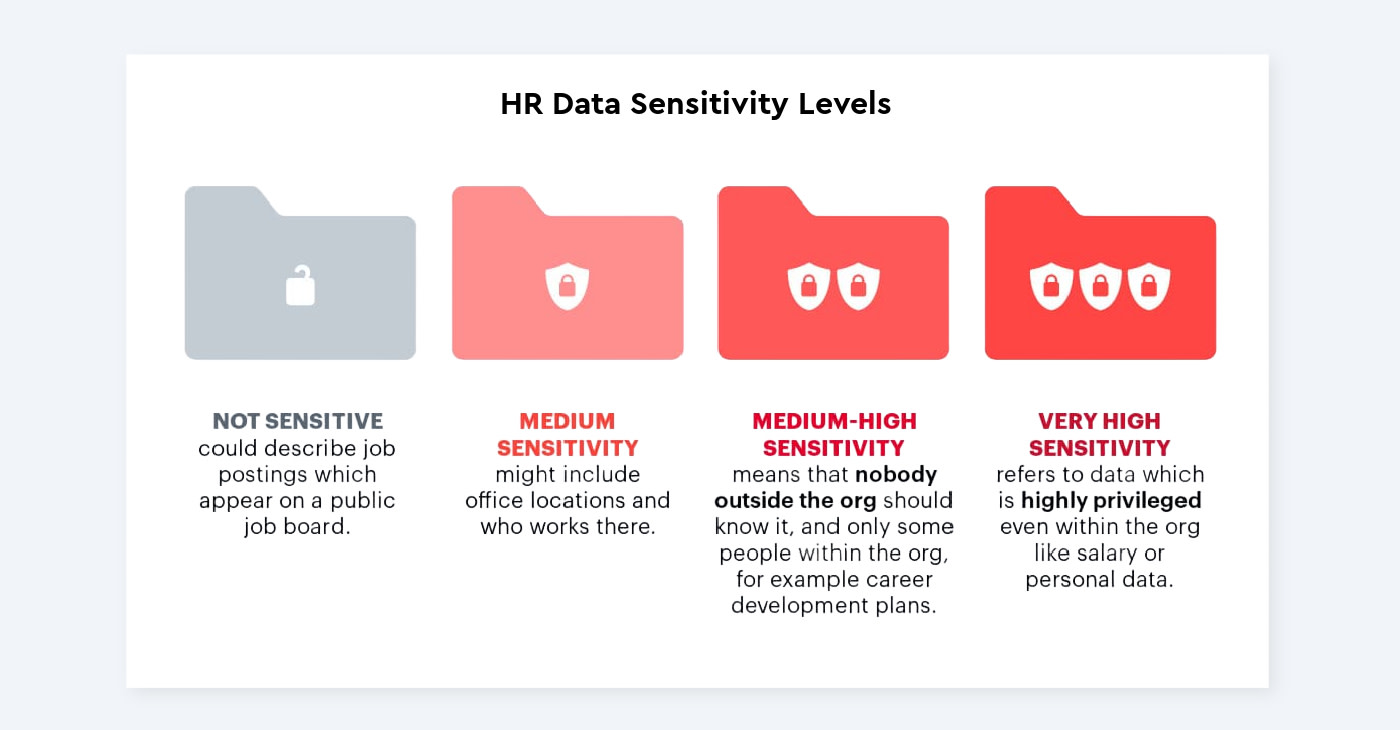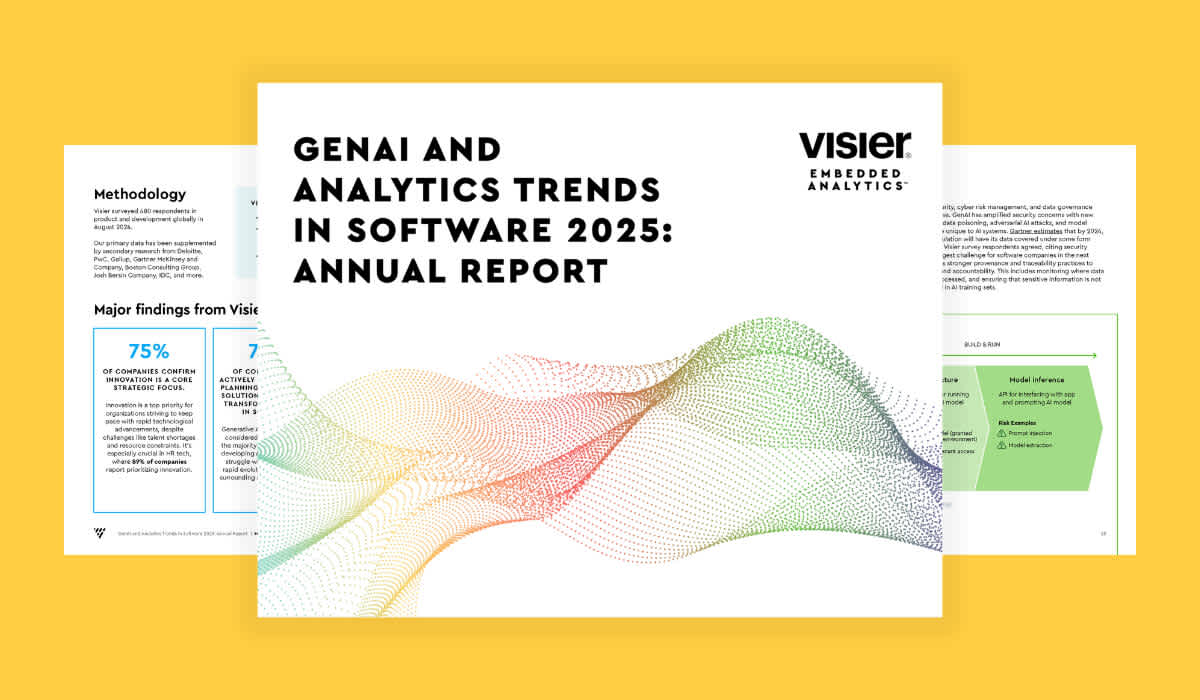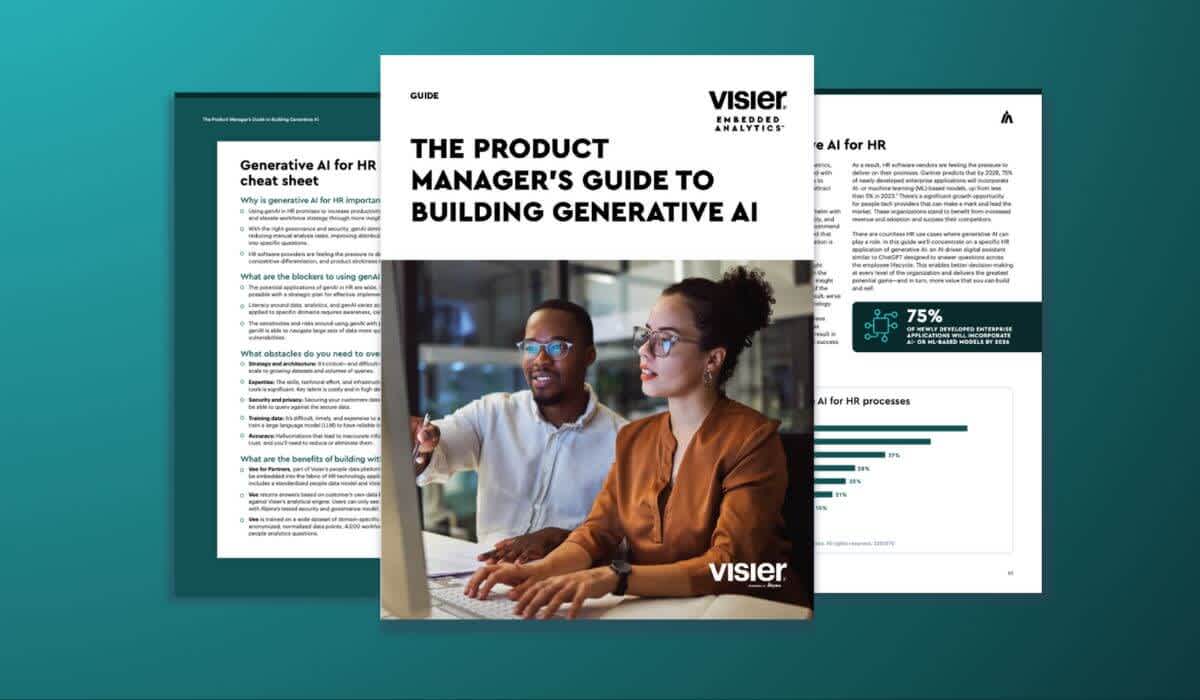Why Most Analytics Application Builds Fail: Insights for Product Leaders
Product leaders contemplating building their own people analytics application must consider critical factors like cost-effectiveness, speed, and potential challenges. Find out the three big questions to ask here.

Demands on product leaders have never been higher: delight customers with the latest technology, but don’t forget the fundamentals. Carefully guard your time and resources, but don’t fall behind the market. Meet delivery deadlines and improve time-to-market, but don’t compromise or overspend.
Adding people analytics to your solution requires years of work to structure your data, create and maintain data models, define metrics, and implement security policies. This is in addition to the infrastructural design work required to put in place a functional data warehouse or data lake.
While the delivery of such a solution is an obvious choice for your business, building it from scratch diverts your efforts from your core business activities, incurring the opportunity cost of not being able to apply your expertise toward improving the uniqueness of your primary product.

Before you dive into a do-it-yourself project or jury-rig analytics from a generic BI tool, ask yourself these three important questions.
3 crucial questions that can make or break your applications
1. Is your data prepared for analytics to deliver true impact and reliable insights?
People data is unlike any other data. It’s ever-changing and nuanced. Attempts to design your own model are often limited by what data you can access. With access only to static data, your model fails to keep up with the rate of change and multi-dimensionality that makes analyzing people data for insights so valuable.
On top of this, it’s not uncommon for essential people data to live in multiple systems simultaneously, including HR applications (like Workday, Greenhouse, and ADP) and data platforms (like Snowflake, Databricks, and AWS). Reconciling data is a massive undertaking on its own. Many technical teams buy and invest in a data warehouse just to solve this one challenge and avoid the engineering nightmare.
Before you can build an attractive dashboard or define how you calculate metrics, you have to get your data in order. This two-part process requires you to first cleanse and standardize the data; next, you re-architect or refactor the data to define a data model for how data entities relate to one another.
Another critical consideration is being able to analyze people data to understand how it changes over time, so that the temporal context is preserved for trends and other comparative analyses to understand what has happened, why it happened, and what changed. Time handling capabilities are especially challenging for analytical engines not tuned to this requirement because tracking changes over time causes the volume of data you store to balloon, which can adversely impact system performance and increase your cost to run queries.
2. Do you have the resources to architect data security and privacy governance protocols vital to people data, while allowing nuanced access based on need?
People data is among the most sensitive and private data that organizations handle, but it has to be shared to be useful. This presents a unique challenge—making sure data is seen only by the right people at the right time—and it can lead to major problems and lost trust if it isn’t properly governed.
Without adaptable security protocols, private data, such as salary information, could be viewed by anyone. People data requires nuanced access that allows managers to see the salaries and other data of their team and an anonymized average from other parts of the organization without being able to view their own bosses’ private data or personal data of employees outside their department.
This kind of role- and permission-based data governance simply is not in the DNA of generic BI tools, including popular brands like PowerBI and Tableau which govern permissions using static assigned roles that become outdated and out of compliance easily. Data governance of this nature is simply not sustainable as a manual exercise or safe if refreshed periodically.
3. Can you realistically create the solution you envision with a portfolio of products that live on numerous platforms? Are the products designed to bring the best out of people technology?
Integrating platforms and functions from a patchwork of different vendors can slow down your development progress. But that’s just the start. Maintaining these integrations for the long run can become a time-consuming headache.
Integration and interoperability challenges demand time and resources that you can ill afford to spend, and time to market suffers with each interoperability roadblock. For example, creating custom connectors can be difficult because it requires someone to maintain them as the outside services will upgrade at different paces, or invariably, sometimes package versions will conflict with each other.
Assigning dedicated engineering resources to oversee this is not the best use of engineering hours. Plus, using a generic BI tool means you’re faced with solving these interoperability challenges from step one, and they only compound over subsequent waves of product cycles.
Ultimately, a failure to organize and structure data that accounts for temporal context, multi-dimensionality, and inter-relationships and then applying insufficient security governance over this data can all derail an analytics project before it gets off the ground.
Don’t build on just any platform, build on the only people-centric platform
In the world of big data analytics, building it yourself from scratch just doesn’t make sense. There’s a better way—an easier, faster, more predictable way. What if you could avoid investing time and resources in the development of a solution that merely replicates existing best-in-class offerings? There’s a purpose-built platform that allows for control and agility to exist in perfect balance: Visier’s Developer Suite.
Developer Suite provides HR technology vendors with hands-on access to Alpine Developer Platform, Visier’s analytical platform-as-a-service, unlocking advanced technology and tools to build custom people analytics capabilities and embed them into their applications. Proven tools and complete autonomy means you can create something entirely unique, while also benefiting from the advantage of more efficient tools to get you there faster.
Traditional analytics, BI, and data warehouse solutions propose a raw “build it yourself” piecemeal approach. Conversely, Developer Suite provides the foundational technology and tools you need in a unified experience to create exceptional applications for a running head start against your competitors.
With Visier’s Developer Suite, we can help solve for:
Data transformation
More likely than not, your data is not ready for processing and requires a lot of engineering hours to even get it into a good state for analysis. Developer Suite provides a purpose-built data model designed for Human Capital Management (HCM) that can help solve the task of reconciling data from scratch.
We apply a tested and trusted data model that’s been iterated and refined over a decade and used by more than 40,000 customers. It offers data transformation and orchestration tools that can help you reduce time and resources spent on collecting and standardizing data into a structured people data model. Tuned to understand and analyze changes to each employee and the events across the employee lifecycle in real time, it unlocks prebuilt metrics and analyses that are ready to be used and powered by your specific data.

Data security and privacy
Governing access to people data requires vigilance, which means it requires more than a periodic refresh to ensure data is not revealed to those who do not have the right permissions. Developer Suite gives you access to a platform built for people data, where the data and the users are centrally managed such that the information is tailored based on who is asking.
Visier has security and privacy built in from the start. By mapping to the organizational chart, our platform understands how security and privacy applies to each person asking a question, and the answer will change based on the role and permissions of the person that is asking.
With enterprise-grade security, performance at scale, and GDPR compliance, Visier’s Developer Suite delivers must-have security and privacy cost-effectively and without compromising functionality and performance.

Interoperability
If you are managing different solutions across your tech stack, it becomes a juggling act to manage different connectors and services. Developer Suite gives you access to a platform that ensures the connectors to all the various services stay up-to-date.
Developer Suite offers a purposely designed and focused builder ecosystem for people analytics. Leverage the interoperability of Developer Suite to access the APIs, data, and services from your application stack. Then integrate into the Visier visual user experience or build visualizations in tools of your choosing by seamlessly connecting with other popular tools or services. Alternatively, build an enterprise-class application on our people intelligence platform full stack by leveraging integrated data ingestion, data warehousing, people data model, data transformation, analyses, data visualizations, security and privacy designed for people data, and more, all in one platform.

Key takeaways
Visier’s Developer Suite gives you a headstart that lets you build with confidence and creativity knowing that the foundational work is done and secure. Without having to rebuild the wheel, you can play to your strengths and focus on what differentiates your product.
Unlike generic BI and analytics solutions, Developer Suite is a powerful tool that gives you access to best-in-class, purpose-built data management, security, and content capabilities, while you maintain creative control and autonomy to build as you see fit. And with the right tool for the job, you can avoid overspending, get to market faster, and delight customers.
Find out more about how Visier’s Developer Suite can get you to market faster and help you avoid the pitfalls of building with generic BI tools here.
On the Outsmart blog, we write about workforce-related topics like the top talent acquisition metrics your software should offer, how to add insights where they matter with contextual analytics, and how predictive people analytics helps businesses of all sizes thrive. We also report on trending topics like ESG and EU CSRD requirements and preparing for a recession, and advise on HR best practices like how to create a strategic compensation strategy, metrics every CHRO should track, and connecting people data to business data. But if you really want to know the bread and butter of Visier, read our post about the benefits of people analytics.



